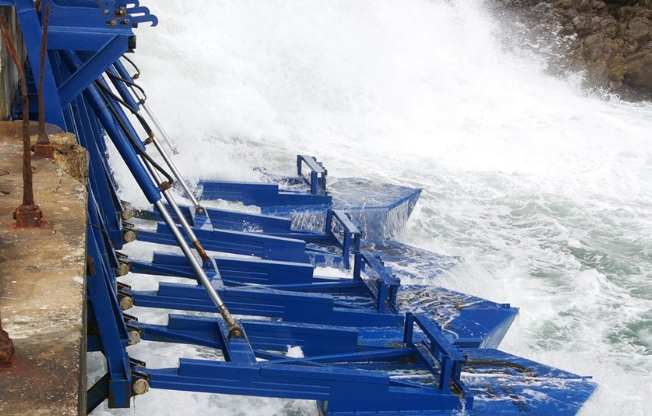Tidal Energy harnesses the movement of tides and waves to generate electricity, using the natural power of the sea. It is a clean, predictable energy source with low environmental impact.
Recent and Most Used Technologies:
Currently, the most advanced technologies in tidal energy include horizontal and vertical axis turbines, oscillating current devices, and tidal barrage systems. Turbines function similarly to wind turbines but are adapted to operate underwater, capturing the flow of marine currents. On the other hand, oscillating devices harness the motion of waves, while tidal barrages act as dams that regulate water flow during tidal rises and falls. These technologies have significantly improved in efficiency and durability thanks to corrosion-resistant materials and real-time monitoring systems that optimize their performance.
Production Costs and Capacities:
The average installation cost of tidal energy projects ranges between $2,000 and $5,000 per kilowatt (kW) installed, depending on the location and technology used. Although these initial costs are high compared to other renewable sources like solar or wind, the low operational and maintenance costs in the long term can offset them. Large-scale tidal power plants, such as the Sihwa Lake facility in South Korea, have an installed capacity of 254 MW, demonstrating their feasibility on a large scale. However, productivity varies depending on geographical conditions and tidal amplitudes, limiting their implementation to specific coastal areas with strong currents or significant sea-level variations.


